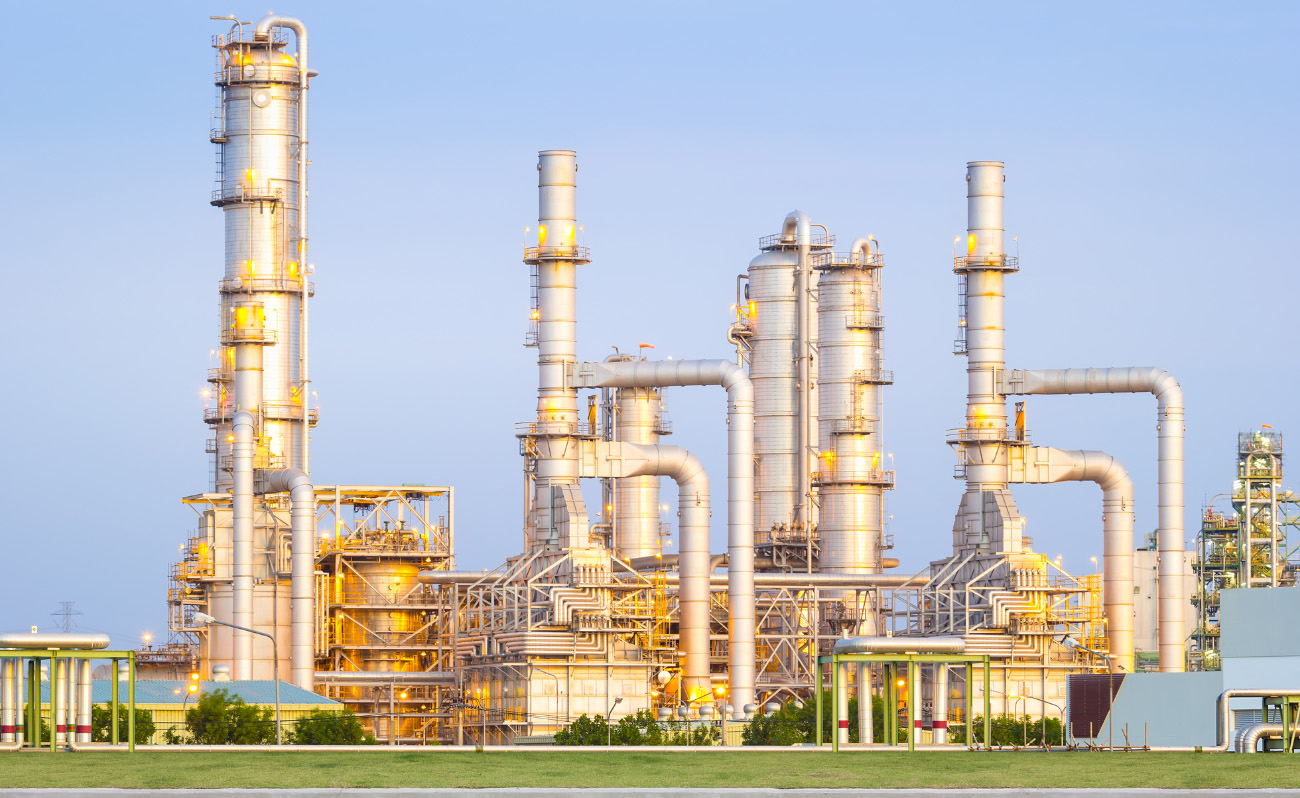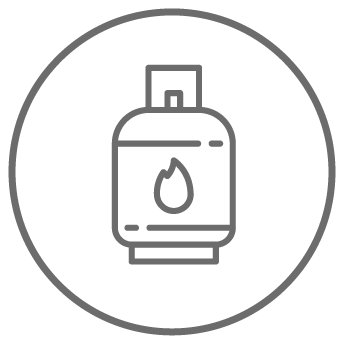Oil extraction- Method

Oil extraction includes several techniques and processes that allow taking this product from the subsoil, where it has accumulated over time. Even today, the process of oil formation is not completely known. It is thought that the organic compounds found in the sediments, subjected to a certain pressure and temperature generate hydrocarbons within the parent rocks.
Subsequently, the hydrocarbons migrate into porous and permeable rocks, the so-called reservoir rocks, which trap the hydrocarbon mixtures. When this reservoir is identified, the extraction activity begins with an exploratory well and drilling rigs. If the presence of the reservoir is confirmed, other wells are drilled at the outer limits of the trap, the so-called appraisal wells. In this way, it is possible to evaluate the potential of the deposit and the extraction process.
The last action is the completion of the surface wells with the valves and the connection with a pipeline to transport the crude oil.
As it can be seen, the process of oil extraction is complex and elaborated and each phase leads to the next one, from the research to the creation of oil wells in the sea or on the land up to the extraction of oil from the fields by means of pumps.
Oil extraction - Drilling phase
Once the reservoir has been identified, the workers create a hole in the ground suitable to accommodate the pump to extract the oil. The depth of the oil well goes from 5 to 8 km and the hole is reinforced on the walls in order to avoid the closure by fall of the same. Once the drilling phase is completed, pumps and suction pipes are inserted.
Oil extraction phase
In order to extract oil from the oil well, a double procedure is used, which depends on the pressure level of the reservoir. If the pressure is high, the oil rises spontaneously, but if the pressure is low, pumps and artificial tools are needed during the extraction phase.
Once the oil rises to the surface, it is collected in the pipelines, which lead it to the oil facilities for refining and extraction continues until the field is completely emptied due to the high cost of drilling.
New oil extraction techniques and fracking
Oil extraction has effects on the environment and on the stability of the ground and it is an operation that can trigger major seismic phenomena. For this reason, in recent years, new techniques have been sought to extract a greater quantity of oil with a minimum risk to the territory.
When an oil field becomes operational, its internal pressure is sufficient to push the oil along the wells in a natural way. Over time, however, the pressure in the reservoir decreases and the flow of oil slows. Therefore, advanced oil extraction techniques (EOR) have been developed that allow us to extract an additional 5-30% of the oil in the reservoir, thereby bringing the overall oil yield to 50-70% or more.
Among the high-risk techniques, there is certainly the fracking, used in the USA and that foresees the fracturing of rocks containing oil by introducing in the ground a high quantity of liquids. The problem is that the liquids, as from some studies, remain in the subsoil and generate earthquakes by moving the underlying rocks. In addition to this, the technique of fracking leads to air pollution related to the production of harmful gases, not only for the environment, but also for human health incurring in more or less serious diseases.
In conclusion, extracting oil is a complex process, expensive and not without impacts on the environment, but it is an essential activity for society. Once oil and hydrocarbons are extracted, they are processed by specialized companies such as Settala Gas and used for domestic and industrial purposes. Contact us for more information!




